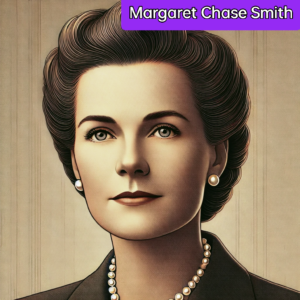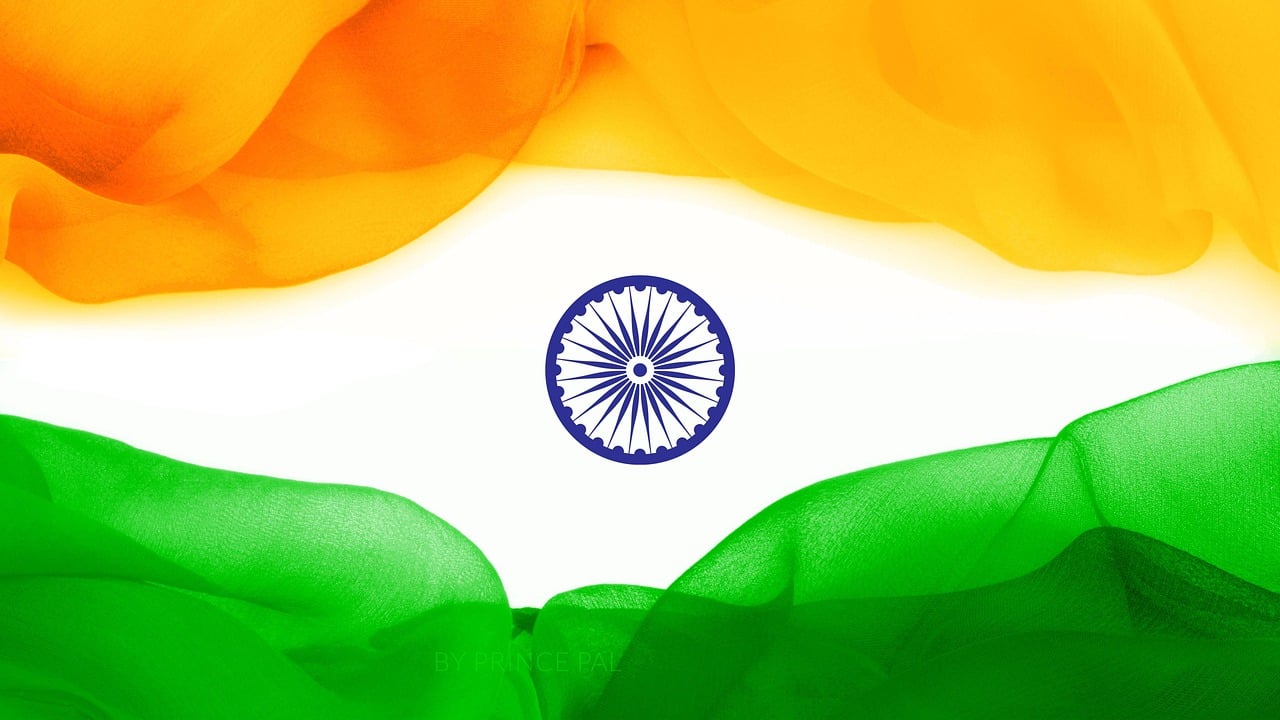The line why ladies struggle to become Woman President of America contains a very relevant and authentic question. Despite progress in many countries, women continue to face significant barriers in becoming the woman president of the United States. Over the past six decades, more than 60 nations have elected female heads of state, yet the U.S., one of the world’s most powerful democracies, has yet to achieve this milestone.
Pioneering women like Victoria Woodhull, Shirley Chisholm, and Margaret Chase Smith paved the way as woman president, but their presidential bids were met with systemic sexism, media bias, and societal doubt regarding women’s ability to lead at the highest level.
From being arrested on obscenity charges, as in the case of Woodhull, to facing belittling questions about their competency, like Geraldine Ferraro in 1984, women have encountered deeply ingrained prejudices. Even today, women in U.S. politics are judged not only on their policies but also on their gender, with questions about their toughness, ability to command, and even their decision-making under pressure.
While progress has been made with Kamala Harris becoming the first female vice president in 2020, the journey to electing a woman as U.S. president remains an ongoing struggle.
Women World Leaders and the Struggle for the U.S. Presidency
1960: Srilanka is the first country of the world where first time a woman named Sirimavo Bandaranaike became the world’s first female Prime Minister.
1966: India got freedom in 15 Aug.1947. After 19 year of independence, Indira Gandhi became the first female Prime Minister of India.

1969: A small country of middle east named Israel got Golda Meir Israel’s first female Prime Minister.
1979: In the year of 1979, Margaret Thatcher has got the chance to become the first female Prime Minister of the UK, United Kingdom.
1988: Benazir Bhutto was elected as Pakistan’s first female Prime Minister.
Over the last 60 years, more than 60 countries have elected female heads of state. However, the most powerful democratic country, the United States, has yet to elect a woman president.
Victoria Woodhull: A Trailblazer in American Politics

Victoria Woodhull was the first woman to assert her right to run for the U.S. presidency in 1872. Born in 1830, Woodhull’s early life was marked by hardship. She grew up in a family that roamed from town to town selling supposed “magical” medicines, which were largely alcohol. At 15, she married a man who turned out to be an alcoholic. She eventually divorced him after 12 years.
Woodhull moved to New York, where she became involved in politics and the stock market. She and her sister opened the first women-owned brokerage on Wall Street. By 1871, she had earned millions and launched a magazine that advocated for women’s and workers’ rights. The first English version of Karl Marx’s Das Kapital was published in her magazine.
In 1870, the Equal Rights Party nominated Woodhull for the U.S. presidency, even though she was just 34, a year shy of the legal age to run. Despite this, her controversial stance on issues like free love and communism led to her arrest on charges of obscenity. On election day, Woodhull was in jail, and she ultimately left the U.S. for Britain due to the backlash she faced.
Margaret Chase Smith: Battling Gender Barriers

Margaret Chase Smith was the first woman from a major U.S. political party to run for woman president. Smith inherited her political career from her husband, Clyde Smith, a prominent Republican leader who passed away in 1940. Before his death, he publicly endorsed his wife as his political successor.
Smith won a seat in the U.S. House of Representatives and later became a senator in 1948. In 1964, she announced her candidacy for the Republican presidential nomination, making her the first woman in the Republican Party to do so.
Despite her reputation as a strong leader, her campaign was not taken seriously. Lacking the financial resources to compete with other candidates, she was ridiculed by the media, with a Washington Post journalist declaring her campaign a “joke” on the day of her announcement.
The Soviet Union’s leader, Nikita Khrushchev, even referred to her as a “devil in the form of a woman” due to her staunch criticism of communism. Smith ultimately lost her bid for the presidency.
Shirley Chisholm: Facing Racial and Gender Bias

In the political history of America Shirley Chisholm was the first Black woman to run for the U.S. presidency. Elected as a congresswoman from New York in 1968, Chisholm made history in 1972 by announcing her candidacy for the Democratic nomination for president.
Chisholm emphasized that her candidacy was not just about representing African Americans or women; she was running for all Americans. However, her campaign faced numerous challenges. For instance, when Alabama Governor George Wallace, known for his racist rhetoric, was shot, Chisholm visited him in the hospital, an act that angered many Black Democrats, causing her to lose support.
Chisholm only secured 152 delegate votes in the Democratic primaries, far from what was needed to win. Reflecting on her experience, Chisholm once said that being a woman in politics was harder than being Black, noting that sexism was a greater barrier. Her fighting spirit earned her the nickname “Fighting Shirley.”
Women as Vice Presidents: A Long Road
It took 227 years for the U.S. to elect its first female vice president. In 1984, Democratic candidate Walter Mondale was persuaded by women’s groups to select Geraldine Ferraro as his running mate, marking the first time a woman had run for vice president on a major party ticket.
However, Ferraro faced intense scrutiny during the campaign. In one infamous interview, two male television anchors asked her if she could handle the responsibility of pressing the nuclear button. Republican vice-presidential candidate George H.W. Bush also belittled her during a debate, questioning her knowledge of foreign policy.
Although Mondale and Ferraro lost the election to Ronald Reagan and George H.W. Bush, Ferraro’s candidacy was a historic moment in the fight for women’s political representation in the U.S. It took until 2020 for Kamala Harris, of Indian and Jamaican descent, to break this barrier by becoming the first female Vice President of the United States.
As the U.S. moves closer to the 2024 elections, Kamala Harris is once again in the spotlight as a potential candidate for the presidency, raising hopes for a future where the country finally elects its first female president as woman president.
Introduction: Women in American Politics
In the 240+ years of U.S. history, no woman has been elected president. Despite significant progress in gender equality and women holding powerful roles in government, there remains a notable gap at the highest level of leadership.
Kamala Harris’s vice presidency: In 2021, Kamala Harris became the first female vice president of the U.S., marking a monumental step but still stopping short of the presidency.
Systemic Challenges Women Face in U.S. Presidential Elections
Gender Bias in Politics
The “electability” argument: Many voters have been influenced by the belief that women are less electable for high office, even when they’re qualified.
Perception of leadership qualities: Female candidates are often judged more harshly on their appearance, communication styles, and decision-making skills than their male counterparts on the issue as a woman president.
Double standards: Women are seen as too “soft” for positions of power, yet if they exhibit strong leadership traits, they are often labeled as “aggressive” or “unlikable.”
Cultural and Media Narratives
Media portrayal of female candidates: The press often focuses on the personal lives, clothing, and emotions of female politicians rather than their policy stances.
“Nuclear button” narrative: In debates or media interviews, questions like “Can a woman handle the nuclear button?” or “Are women emotionally fit for such decisions?” reveal ingrained sexism in the public discourse.
Stereotyping: Some female candidates face ridicule or dismissive language. For example, Kamala Harris has been unfairly criticized for her demeanor during public appearances.
Challenges for Women of Color
Kamala Harris and identity politics: Harris, as a Black and South Asian woman, faced intersectional challenges related to both race and gender, which limited her ability to appeal to all sections of the electorate.
Representation gap: Women of color are severely underrepresented in the top echelons of U.S. politics, which has historically favored white male candidates.
Legal and Institutional Hurdles for Woman President
The Electoral College system often does not favor diverse candidates. The concentration of voting power in rural, less-diverse states poses additional challenges for women and minorities seeking the presidency.
International Comparisons: Women in Power Around the World
While the U.S. struggles to elect a female president, many countries have elected women to their highest offices, including the U.K. (Margaret Thatcher, Theresa May), Germany (Angela Merkel), and New Zealand (Jacinda Ardern). The blog could examine how these countries overcame societal challenges to elect women and why the U.S. continues to lag behind.
Why America Needs a Woman President

Changing Leadership Dynamics
Empathy and collaboration: Research shows that women leaders often bring collaborative and empathetic leadership styles that are increasingly valuable in a complex, interconnected world.
Breaking stereotypes: A woman president would challenge the entrenched belief systems about gender and leadership, inspiring future generations of women to pursue political careers.
Potential 2024 Candidates as Woman President
Elizabeth Warren and others: Though Warren has suspended her 2020 campaign, she represents a new wave of female leaders who may run for future presidencies.
What to expect in 2028 and beyond: The blog could speculate on future candidates and the potential for systemic changes that could support their bids.
Conclusion: The Road Ahead
The fight for gender equality in American politics has seen progress, but significant hurdles remain. By addressing biases, ensuring equal media representation, and fostering an environment that embraces female leadership, the U.S. could soon see its first woman president.
Until then, the debate over why women are not becoming president will continue, as the nation looks to break the longest-standing political glass ceiling.
Frequently Asked Questions
- First female president of U.S.A
- Female president in the world
- who will be president of U.S.A




